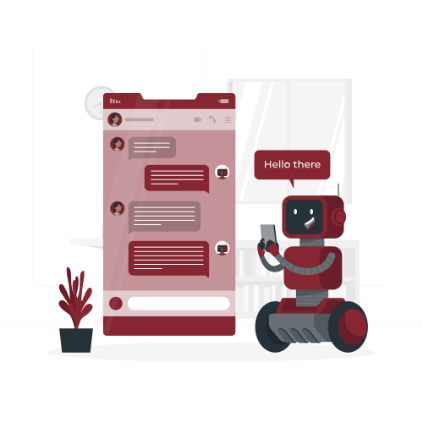Generative AI Guidance
Risks and Limitations of Generative AI:
- Privacy Risks: ChatGPT and other consumer AI products use shared language models, which means anything entered into the prompt could become training data for that AI, and could conceivably be revealed to other users of the same product. Therefore, confidential or proprietary data should not be entered into a consumer AI product. Don’t assume that paid subscriptions provide privacy protections; always verify the security and privacy of the data you input into the model.
- Hallucinations, Misinformation and Inaccuracies: Generative AI may generate responses that are not always accurate or up to date. Users should independently verify the information provided by generative AI, especially when it comes to specific facts or rapidly evolving subjects.
- Bias and Unintentional Harm: Generative AI can inadvertently reflect biases present in the training data. It is crucial to critically evaluate and contextualize the responses generated by generative AI to ensure fair and unbiased information dissemination.
- Inappropriate Content: Although generative AI providers may have made efforts to filter out inappropriate content, generative AI may produce or respond to content that is offensive, inappropriate, or violates ethical standards.
- Algorithmic Implications: AI can deduce and infer algorithmic criteria other than original intent. This situation can lead to or exacerbate potential bias through the inclusion or reweighting of unintentional variables. For example, if certain populations are underrepresented in the data used to train AI algorithms, results may be skewed.
How to Reduce the Risks of Generative AI
While Generative AI and ChatGPT are experimental, there are methods that can reduce the risks associated with its use. Here are recommendations:
- Avoid sharing sensitive institutional data and personal information with AI. Configure ChatGPT Data Controls to turn off chat history and opt out of conversations to be used to train ChatGPT models. For more information, access the FAQ at OpenAI. Data Controls FAQ | OpenAI Help Center
- For ChatGPT API projects, be sure to securely backup copies of your data/work to ensure that it cannot be altered, deleted, or changed in any way, add encryption to your data and work to ensure it is not leaked or altered and also secure access to your project by using access control.
- Train collaborators and students to recognize the risks of AI, LLMs (large language model), and generative AI, and watch for issues/problems;
- For ChatGPT API projects, be sure to regularly update and patch ChatGPT APIs to protect against vulnerabilities and security risks. For Browser and Mobile client users, always update browsers (Chrome, Firefox, Safari) or app clients (Android, iOS) to ensure up to date and secure clients are used.
- For ChatGPT API projects, use secure and encrypted networks when accessing or transmitting data through ChatGPT.
Internal resources:
- Guidelines for the Ethical Use of Generative AI (i.e. ChatGPT) on Campus
- Generative AI and Ethics
- AI Squared in Research

Image by https://storyset.com.
Apr 18, 2024